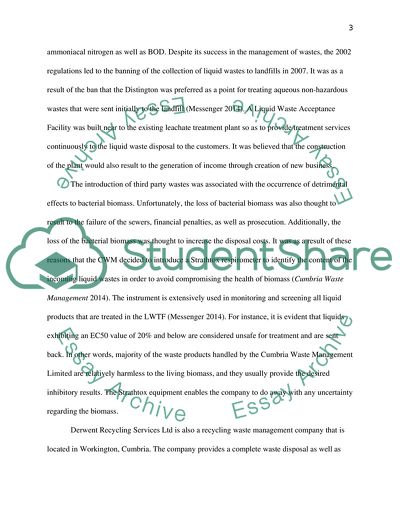Cite this document
(Waste Management in Cumbria Assignment Example | Topics and Well Written Essays - 2500 words, n.d.)
Waste Management in Cumbria Assignment Example | Topics and Well Written Essays - 2500 words. https://studentshare.org/environmental-studies/1848569-waste-management-in-cumbria
Waste Management in Cumbria Assignment Example | Topics and Well Written Essays - 2500 words. https://studentshare.org/environmental-studies/1848569-waste-management-in-cumbria
(Waste Management in Cumbria Assignment Example | Topics and Well Written Essays - 2500 Words)
Waste Management in Cumbria Assignment Example | Topics and Well Written Essays - 2500 Words. https://studentshare.org/environmental-studies/1848569-waste-management-in-cumbria.
Waste Management in Cumbria Assignment Example | Topics and Well Written Essays - 2500 Words. https://studentshare.org/environmental-studies/1848569-waste-management-in-cumbria.
“Waste Management in Cumbria Assignment Example | Topics and Well Written Essays - 2500 Words”. https://studentshare.org/environmental-studies/1848569-waste-management-in-cumbria.


